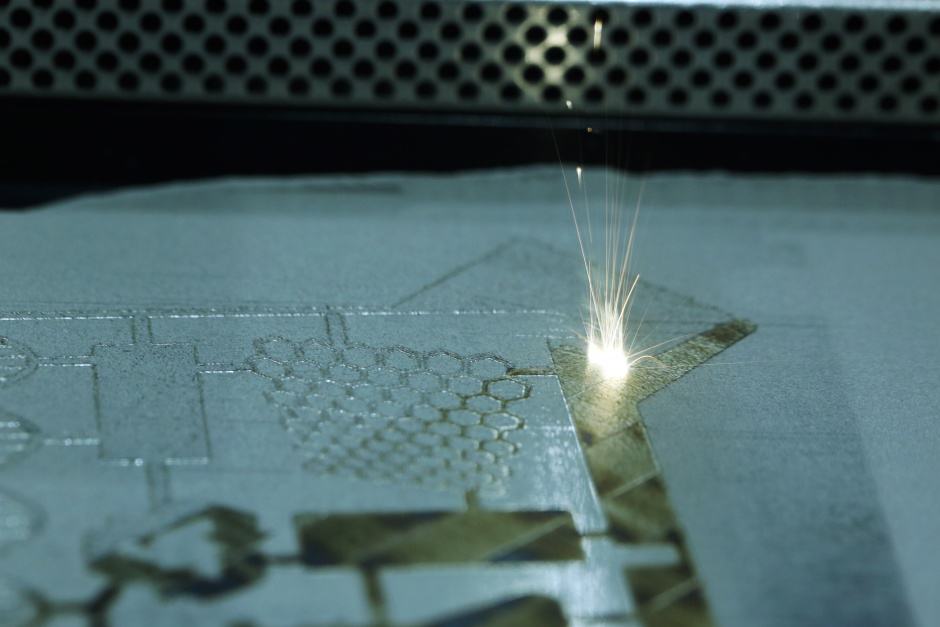 Our world is evolving rapidly. A growing, longer-living population, a generation of digital toddlers, a changing climate and reducing natural resources are but a few examples of changes we face. Technology will be at the heart of our response. The speed and manner in which we develop new technologies to a position where industry can reap the full benefit of their potential will be critical to building a successful and balanced UK economy. It is also at the core of what the High Value Manufacturing Catapult is set up to do.
Our world is evolving rapidly. A growing, longer-living population, a generation of digital toddlers, a changing climate and reducing natural resources are but a few examples of changes we face. Technology will be at the heart of our response. The speed and manner in which we develop new technologies to a position where industry can reap the full benefit of their potential will be critical to building a successful and balanced UK economy. It is also at the core of what the High Value Manufacturing Catapult is set up to do.

Additive manufacturing (AM), the process whereby materials are joined, usually layer upon layer, to make objects from 3D model digital data, is a prime example of a new manufacturing technology with enormous potential which, when fully realised, will transform product development, supply chains and manufacturing as we know them. While the process isn’t exactly new it has only relatively recently found real and growing industrial applications.
AM, also known as 3D printing, has long moved on from merely producing bright-coloured plastic gadgets and is now used to produce stainless-steel lightweight aerospace components and even transplant organs from hydrogel or biological cells.
The group’s vision is for the UK to be a leading country in terms of exploiting AM by 2025
We still have much to discover about the full opportunities associated with AM and the inherent threats (e.g. in terms of cyber security and protection of intellectual property). What we can say with confidence is that those businesses and economies that fail to engage with this technology will also fail to reap its benefits.
So it’s very significant that leading figures from UK industry have joined forces with academia and government to establish the UK Additive Manufacturing Steering Group.
The group’s vision is for the UK to be a leading country in terms of exploiting AM by 2025, not only in terms of producing additive-manufactured parts, but also in terms of developing associated technology and know-how across the whole process chain.
The global market for AM was £3.59bn in 2015 and the UK’s market share is around 5 per cent. If we manage to maintain this market share, this could be worth an estimated £5.6bn by 2025. If we manage to increase our market share to an ambitious, yet realistic, 8 per cent, we are looking at approximately 63,000 additional jobs and further growth.
In order to make this vision a reality, the group is working towards the publication of a UK National Additive Manufacturing Strategy in 2017. A strategic approach will be taken with regard to key aspects of AM.
These include design. While AM opens seemingly limitless new design options (allowing for complex, multi-material, integrated design impossible to make using conventional manufacturing methods), there is a lack of easily accessible up-to-date information and support for designers and businesses.
In relation to materials and processes, as the range of materials used in AM continues to grow, we need to capture best practice and lessons learnt from current practitioners in processes and materials in order to improve AM applications and help build and strengthen the UK supply chain for AM.
The demand for STEM students and engineering apprentices in the UK is well documented. In the case of AM specifically, we need to work with schools and providers of higher, vocational and professional education, and learning to generate more suitable candidates to work with AM technologies.
Securing finance for innovation is a challenge in the UK, and AM, which is still relatively new to many investors, is no exception. Sharing success stories of AM investment to industry and providing funding mechanisms may help overcome this issue.
Advances in encryption and security, potential refinements in intellectual property law across the globe and development of specific high-level skills will help us mitigate threats in cyber security and protection of intellectual property.
As the AM industry matures, it needs to strengthen areas such as standards, regulation, certification, inspection, testing and quality control in order to obtain the level of confidence it deserves.
I am convinced that a robust national strategy, underpinned by sector-specific economic plans, and supported by industry, will be invaluable in setting out the path towards maintaining and growing our market share in this disruptive technology.
This is an excellent example of industry, academia and government working together to give the UK a competitive edge, as no other country has an explicit national strategy for additive manufacturing.
Dick Elsy is chief executive of the High Value Manufacturing Catapult.




Glasgow trial explores AR cues for autonomous road safety
They've ploughed into a few vulnerable road users in the past. Making that less likely will make it spectacularly easy to stop the traffic for...